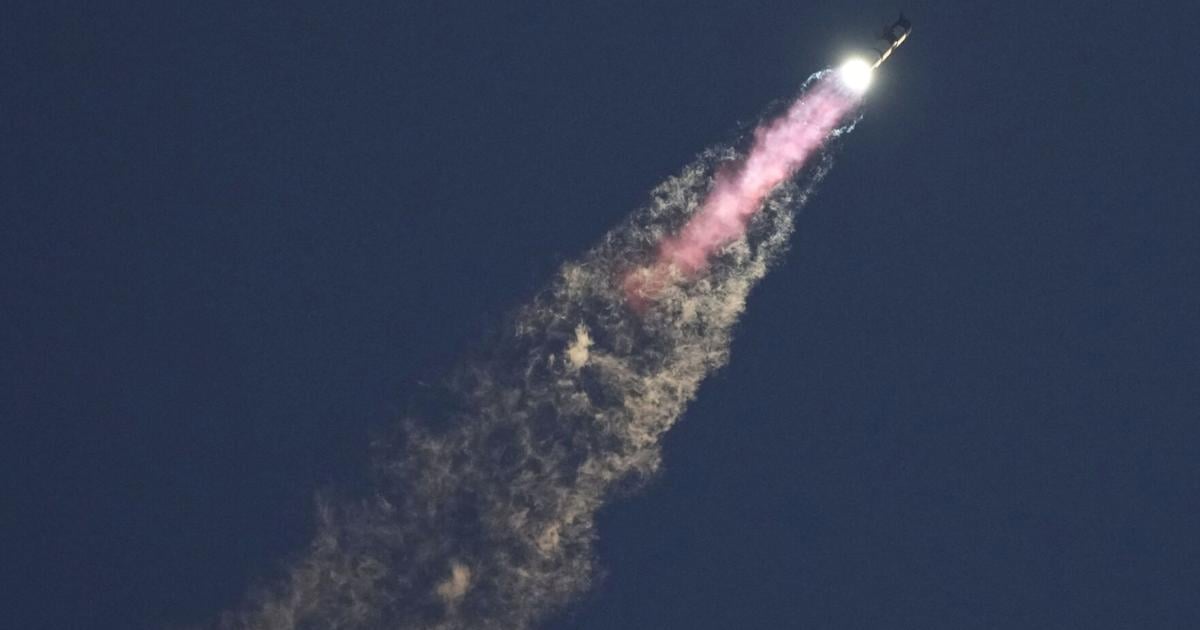![SpaceX pulled off its boldest test flight yet of the enormous Starship rocket on Sunday, catching the returning booster back at the launch pad with mechanical arms. Towering almost 400 feet (121 meters), the empty Starship blasted off at sunrise from the southern tip of Texas near the Mexican border. It arced over the Gulf […]](/media/blogimages/In-an-engineering-feat--mechanical-SpaceX-arms-catch-Starship-rocket-booster-_YZtHpkx.jpg)
In an engineering feat, mechanical SpaceX arms catch Starship rocket booster back at the launch pad
SpaceX pulled off its boldest test flight yet of the enormous Starship rocket on Sunday, catching the returning booster back at the launch pad with mechanical arms. Towering almost 400 feet (121 meters), the empty Starship blasted off at sunrise from the southern tip of Texas near the Mexican border. It arced over the Gulf […]
Company employees screamed in joy as the booster slowly lowered itself into the launch tower’s arms.
“Even in this day and age, what we just saw is magic,” SpaceX’s Dan Huot observed from near the launch site. “I am shaking right now.”
“Folks, this is a day for the engineering history books,” added SpaceX’s Kate Tice from SpaceX headquarters in Hawthorne, California.
It was up to the flight director to decide, in real time with a manual control, whether to attempt the landing. SpaceX said both the booster and launch tower had to be in good, stable condition. Otherwise, it was going to end up in the gulf like the previous ones. Everything was judged to be ready for the catch.
The retro-looking stainless steel spacecraft on top continued around the world once free of the booster, targeting a controlled splashdown in the Indian Ocean, where it would safely sink. The entire flight was expected to last just over an hour.

![LONDON (AP) — Alex Salmond, the former first minister of Scotland who for decades championed Scotland’s independence from the U.K. and nearly accomplished it, has died. He was 69. Salmond, who was one of the most divisive figure in British politics at the turn of the century and who as the then leader of the […]](/media/blogimages/Ex-Scottish-First-Minister-Alex-Salmond--who-nearly-got-Scotland-s-independen_jRAZmfp.jpg)

0 Comments